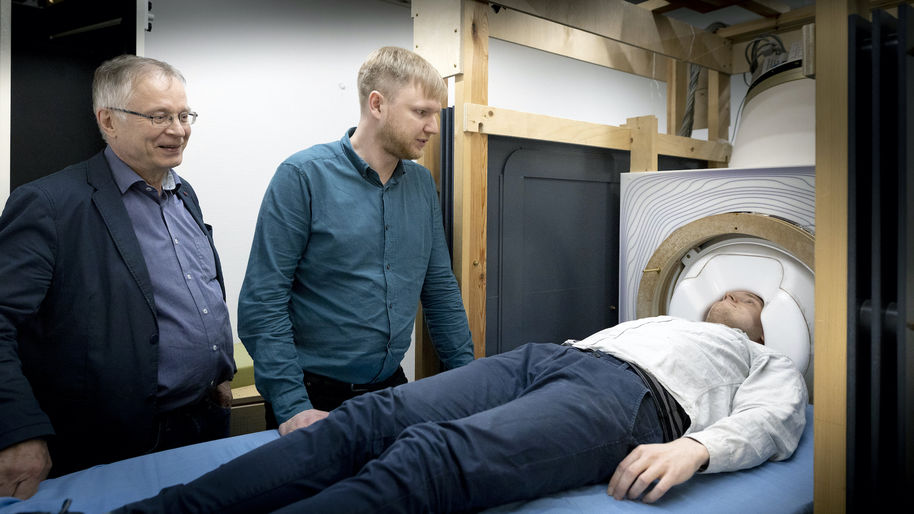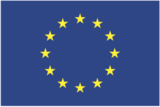MAX-BAS

MAX-BAS is a FET Innovation Launchpad project by the MEG-MRI Brain Imaging group at Aalto University. The project started in September 2019 and ended in August 2021. MAX-BAS was the initial step towards commercialising the whole-head MEG-MRI scanner that was developed in the FET Open project BREAKBEN. The work in MAX-BAS included drafting a business roadmap based on market and competitor analysis, as well as further development of the prototype.
The MEG-MRI system uses the same superconductor-based detectors for both magnetoencephalography (MEG) and magnetic resonance imaging (MRI) of the brain. This will make it possible to localise brain activity in anatomical structures with unprecedented accuracy while tracking the bursts of activity in millisecond scale. This is beneficial both for research and for clinical use.
The magnetic fields generated by the brain are extremely small, billion times smaller than the earth's magnetic field or the field we use for MRI. This is still several orders of magnitude less than in conventional MRI, and our ultra-low-field MRI has some unique advantages compared to it. In addition to the synergy with MEG, it enables improved contrast for tumours, and an extremely safe and open scanner that is potentially completely silent.
MEG-MRI technology has the potential to reduce healthcare costs caused by brain disorders, and to improve the treatment outcomes and the life quality of the patients. It may even enable preventive population-level screening and monitoring processes for brain health. Worldwide, one out of six people suffer from some kind of brain disorder, and in Europe, the annual cost for society is over 800 billion euros, so even modest improvements can lead to substantial savings.

People
This project has received funding from the European Union’s Horizon 2020 research and innovation programme under grant agreement No 852111.







